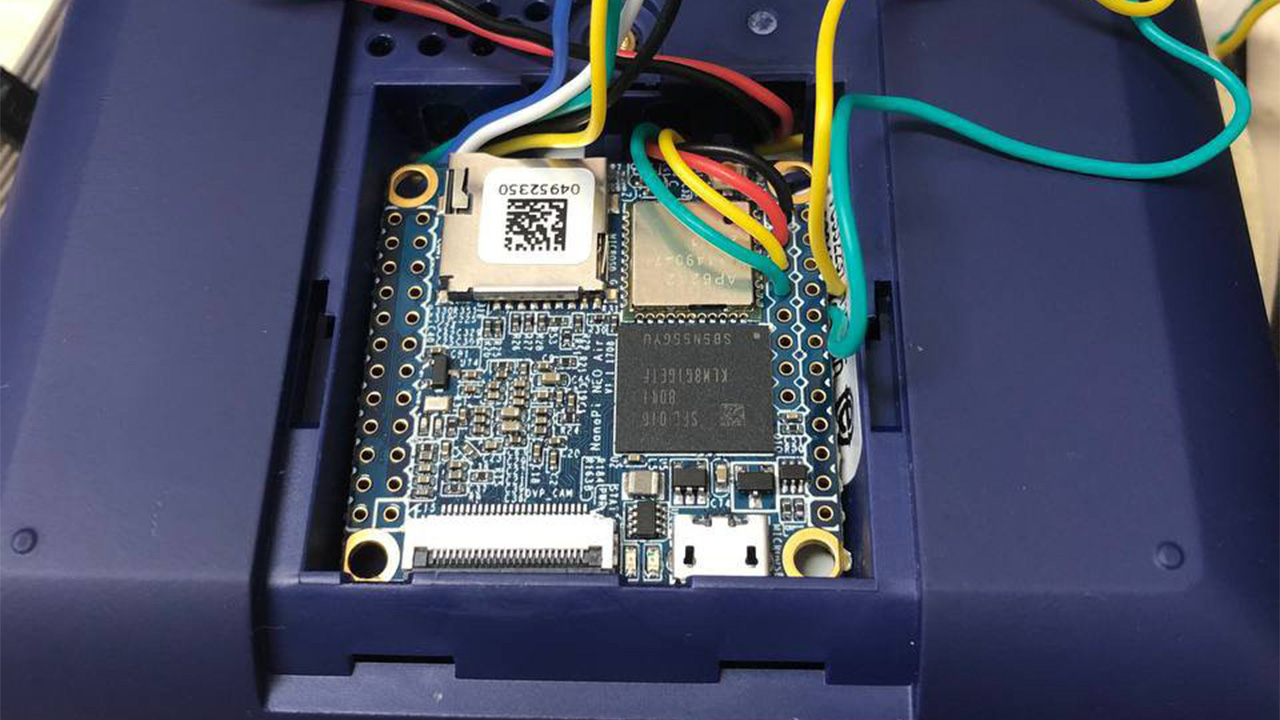Classroom Computer Brought Back to Life With Linux
Prognosis is far from terminal
Readers of a certain age may remember the SMART Response XE, a handheld computer released for educational purposes in around 2009 but since discontinued. Currently available very cheaply as a result (we’ve seen the opportunity to buy a box of 32 units for less than $300) they are becoming good targets for experimental hacks. Ingenious hacker chmod775 has turned an XE into a fully functional Linux terminal computer, as highlighted by Hackaday.

The idea of the SMART Response XE was that teachers could compile a test or other assessment on a host PC (a Pentium 4 was required, or an early Intel Mac) then distribute it to a fleet of XEs via IEEE 802.15.4 low-power wireless, the standard used these days in Zigbee and other home automation standards. The XE probably has more processing power than a Hue lightbulb, but its ATmega128RFA1 microcontroller and wireless transceiver unit isn’t exactly going to run Crysis.
Pupils answered the questions on their terminals, and received immediate feedback as to whether they were right or wrong, while the teacher got all sorts of stats about pupil performance.
Experimenter chmod775 has turned an XE into a fully functional Linux computer, albeit command line only, by loading a terminal emulator onto the ATmega128RFA1 and hiding a NanoPi Neo Air in the battery bay where four AAA cells once sat. This causes something of a power deficit, which is fixed by adding a USB power supply.
Chmod775’s pictures show the NanoPi Neo Air running Ubuntu 16.04 without breaking a sweat on its Allwinner H3, a quad-core Cortex-A7 SOC with 512MB of RAM. The Raspberry Pi alternative’s square form factor makes it a good fit for the battery bay, and chmod775 says he’s using the machine for JavaScript, C, and Python programming on the move.
Get Tom's Hardware's best news and in-depth reviews, straight to your inbox.

Ian Evenden is a UK-based news writer for Tom’s Hardware US. He’ll write about anything, but stories about Raspberry Pi and DIY robots seem to find their way to him.